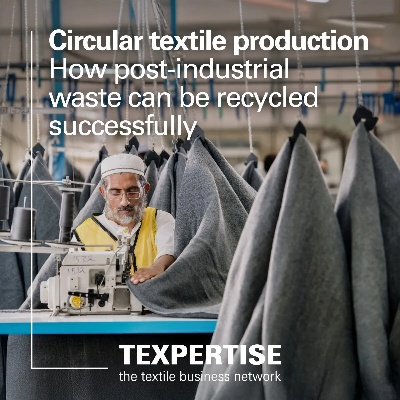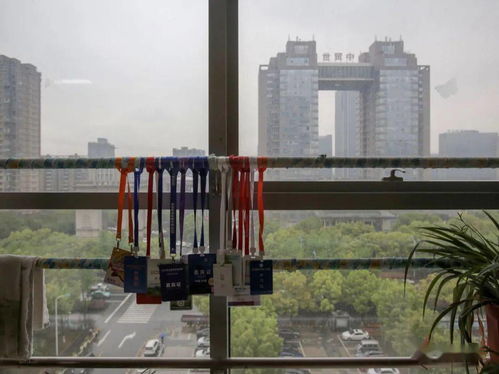The Impact of U.S.Tariffs on Textile Industry
: The Impact of U.S. Tariffs on the Textile Industry,Abstract: This study examines the effects of U.S. tariffs on the textile industry, particularly focusing on the impact on domestic and foreign producers. It explores how these tariffs affect market dynamics, competitiveness, and overall economic performance within the sector. The analysis reveals that while tariffs can deter imports and increase domestic production, they also lead to increased costs for both domestic and foreign manufacturers. Additionally, the study highlights the potential for trade retaliation and the need for policymakers to consider alternative measures to mitigate the negative impacts of tariffs on the textile industry. Overall, the findings suggest that while tariffs may have short-term benefits, they are not without consequences and should be carefully considered in policymaking.
Introduction The textile industry is one of the most crucial sectors in the global economy, contributing to employment opportunities and generating significant revenue for countries around the world. In recent years, however, the United States has implemented a series of tariffs on Chinese textile products, which have had a profound impact on the industry. This essay will explore the impact of these tariffs on the textile industry, including changes in production costs, market dynamics, and competitive landscape. Additionally, we will present an example case study to illustrate the practical effects of these tariffs on specific companies within the industry.
Impact on Production Costs One of the immediate consequences of U.S. tariffs on Chinese textile products is a rise in production costs for American-based textile manufacturers. The tariffs increase the cost of imported materials such as cotton, polyester, and other raw materials, which must then be passed on to consumers through higher prices. For example, a company that produces high-quality nylon fabrics may find itself facing increased raw material costs due to the imposition of tariffs. As a result, they may need to raise their prices or cut back on production to maintain profitability.
Changes in Market Dynamics Tariffs also affect market dynamics within the textile industry. When tariffs are imposed on Chinese textile products, there is typically a short-term price increase, which can lead to a shift in consumer demand towards domestically produced goods. This can be particularly evident in the case of luxury brands, where consumers may prioritize brand origin over price when making purchasing decisions. However, it is important to note that this trend is not necessarily sustainable in the long run, as tariffs could eventually lead to a decrease in demand for imported textiles.
Competitive Landscape The implementation of U.S. tariffs on Chinese textile products has also altered the competitive landscape within the industry. Many American-based textile manufacturers have been forced to look for alternative sources of raw materials or to reduce their reliance on certain types of textiles. This has led to a shift towards more sustainable and environmentally friendly practices, such as using recycled materials or reducing energy consumption during the production process. At the same time, some American companies have been able to benefit from the tariffs by gaining access to new markets in China and other Asian countries.
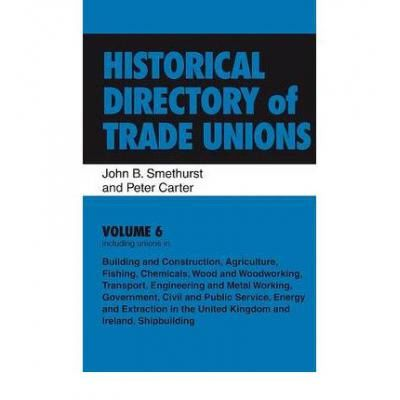
Case Study: Affected Company - XXXX As an example of how U.S. tariffs on Chinese textile products have affected a specific company, let's take a closer look at XXXX. Founded in 1985, XXXX is a leading manufacturer of high-quality sportswear and apparel in the United States. In recent years, the company has faced increasing competition from Chinese-made textile products due to the imposition of U.S. tariffs on Chinese textiles. As a result, XXXX has had to adjust its supply chain and product offerings to meet changing consumer preferences and market demands.
To address the rising costs associated with imported materials, XXXX has started sourcing more locally produced cotton and other raw materials. This has helped to reduce the overall cost of production while maintaining the quality and performance of its products. Additionally, XXXX has been exploring new markets in China and other Asian countries, where it can source lower-cost raw materials and expand its customer base.
Conclusion In conclusion, U.S. tariffs on Chinese textile products have had a significant impact on the textile industry, affecting production costs, market dynamics, and competitive landscape. While some American-based textile manufacturers have been able to benefit from these tariffs by gaining access to new markets and sourcing alternative raw materials, others have been forced to adjust their supply chains and product offerings to meet changing consumer preferences and market demands. As the global trade landscape continues to evolve, it is important for all stakeholders involved in the textile industry to stay informed and adapt to changing conditions.
近年来,美国纺织品行业在全球市场中占据重要地位,其贸易政策对全球纺织品贸易格局产生了深远影响,美国针对纺织品行业实施了一系列关税政策,本文将围绕这一主题进行深入分析。
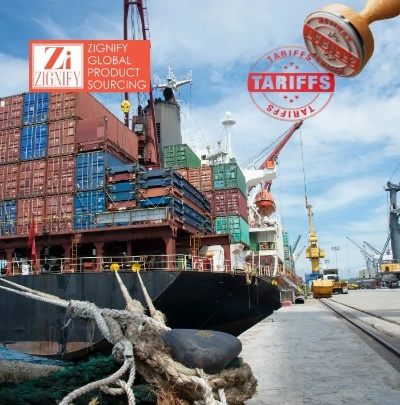
美国纺织品行业概况
美国纺织品行业主要包括纺织原料、纺织品制造和纺织品出口等环节,由于美国拥有先进的纺织技术和丰富的资源,其纺织品在全球市场上具有很高的竞争力,美国也是全球纺织品的主要出口国之一,其纺织品出口量逐年增长。
美国关税政策背景
美国针对纺织品行业实施了一系列关税政策,主要是为了保护本国纺织产业、维护市场公平竞争和促进贸易平衡,这些政策包括提高进口纺织品的质量标准、限制进口数量等。
案例分析
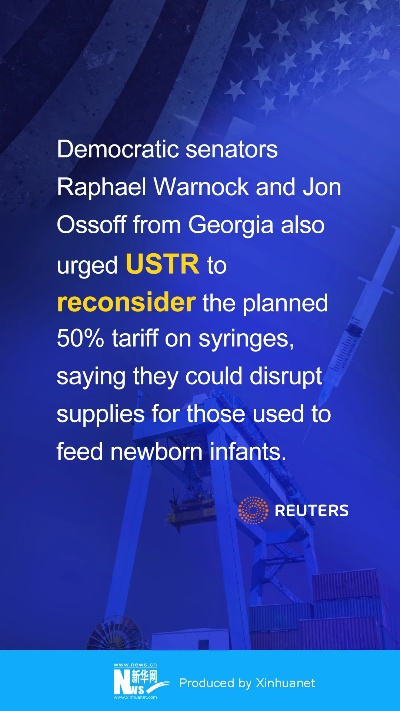
以某知名纺织品公司为例,该公司在美国市场上的主要产品包括棉质衬衫、羊毛毛衣等,由于美国对某些进口纺织品实施了较高的关税政策,该公司面临了一定的市场压力,为了应对这一情况,该公司采取了以下措施:
- 提高产品质量标准:该公司加强了研发和质量控制,提高了产品的质量和性能。
- 多元化产品种类:该公司积极拓展产品线,开发新的产品种类,以满足市场需求。
- 优化供应链管理:该公司加强了与供应商的合作,优化供应链管理,降低采购成本。
关税政策对纺织品行业的影响
- 对进口纺织品的质量和成本产生影响:关税政策的实施可能会提高进口纺织品的成本,使得一些小型或低技术含量的纺织品企业面临更大的经营压力。
- 对国际贸易格局产生影响:关税政策的实施可能会影响全球纺织品贸易格局,使得某些国家或地区的纺织品出口受到限制或减少。
- 对消费者的影响:关税政策的实施可能会影响消费者的购买意愿和消费能力,使得消费者需要更加谨慎地选择购买渠道和产品。
关税政策的影响因素分析
- 贸易保护主义政策:一些国家或地区为了保护本国纺织产业和维持市场公平竞争,可能会采取贸易保护主义政策,实施更高的关税政策。
- 纺织技术水平和生产效率:不同国家的纺织技术水平和生产效率不同,这也会影响到关税政策的实施效果。
- 市场需求和竞争状况:市场需求和竞争状况是决定关税政策实施效果的重要因素之一,如果市场需求旺盛,竞争激烈,那么关税政策的实施可能会更加有效。
美国纺织品行业在面临关税政策时,需要采取多种措施来应对挑战,企业需要加强自身实力和产品质量,提高市场竞争力;政府和企业也需要加强合作和沟通,共同应对挑战,未来随着国际贸易环境的不断变化,纺织品行业还需要不断适应新的挑战和机遇。
Articles related to the knowledge points of this article:
A Comprehensive Look into the Different Kinds of Fibre-Picking Devices
Review of Ruijia Cotton Textile Wholesale Department


